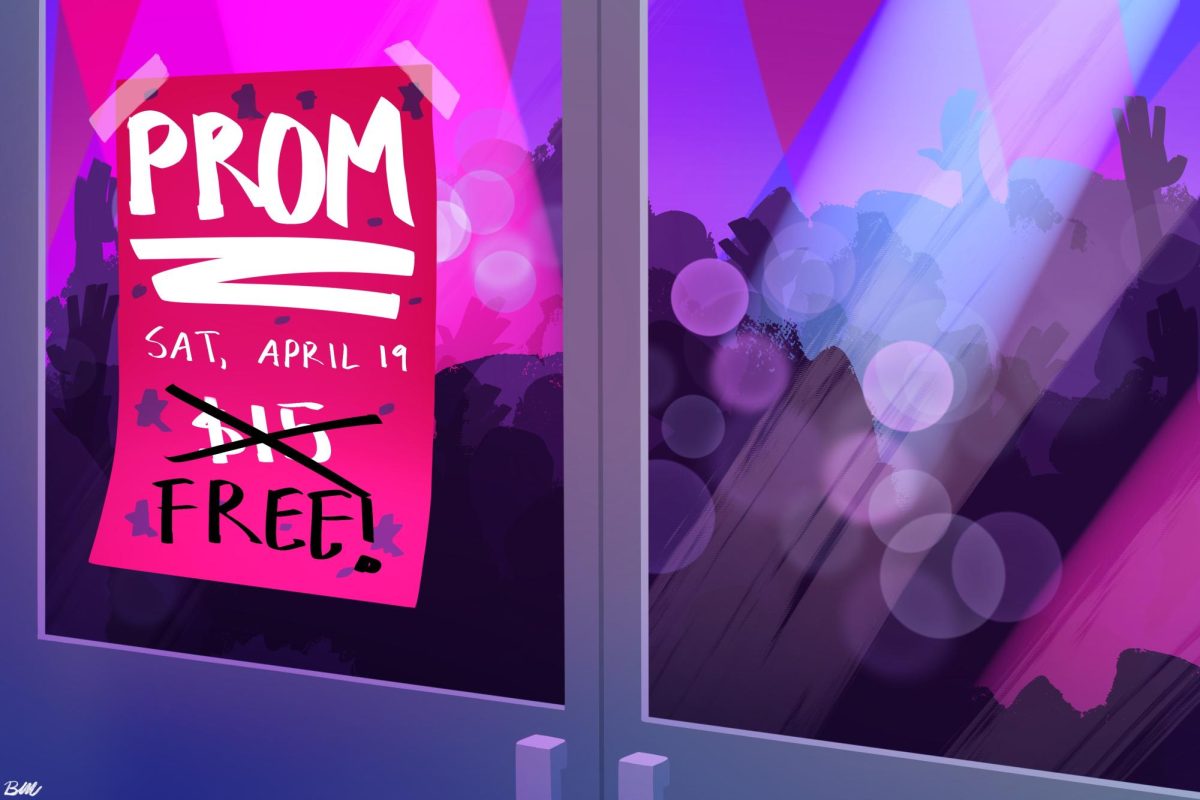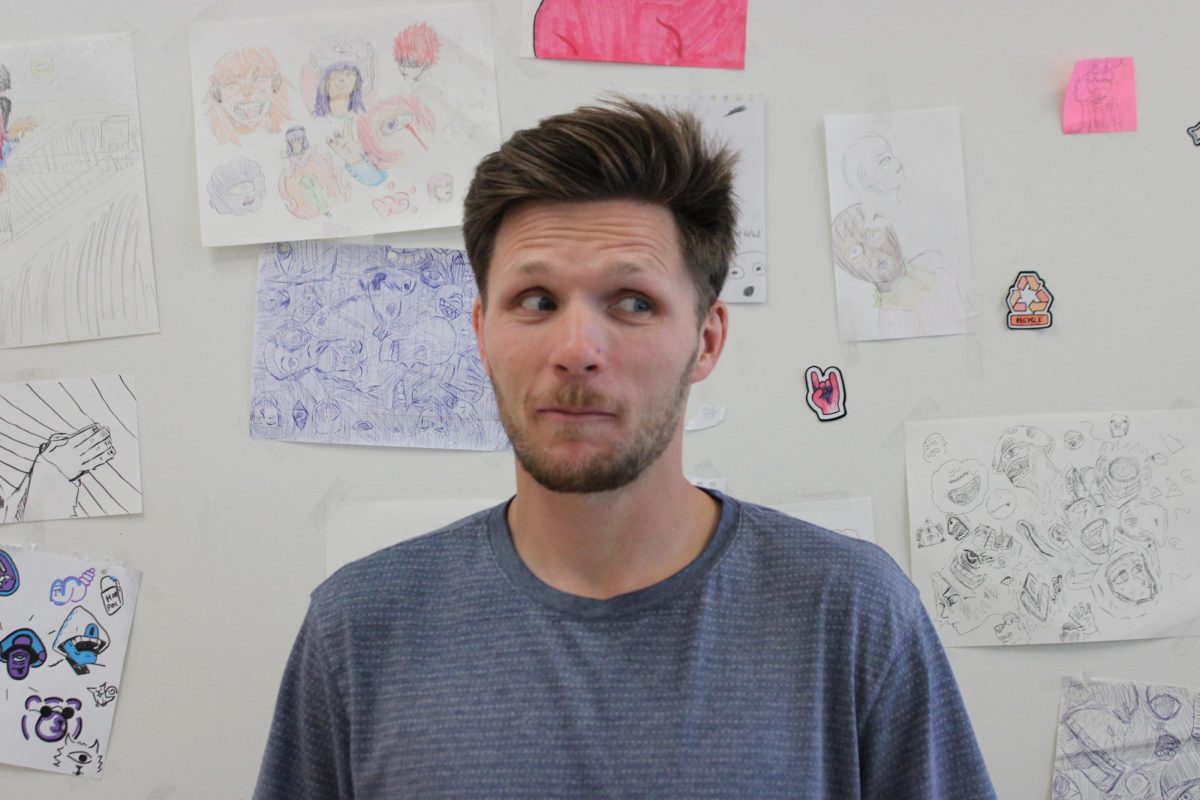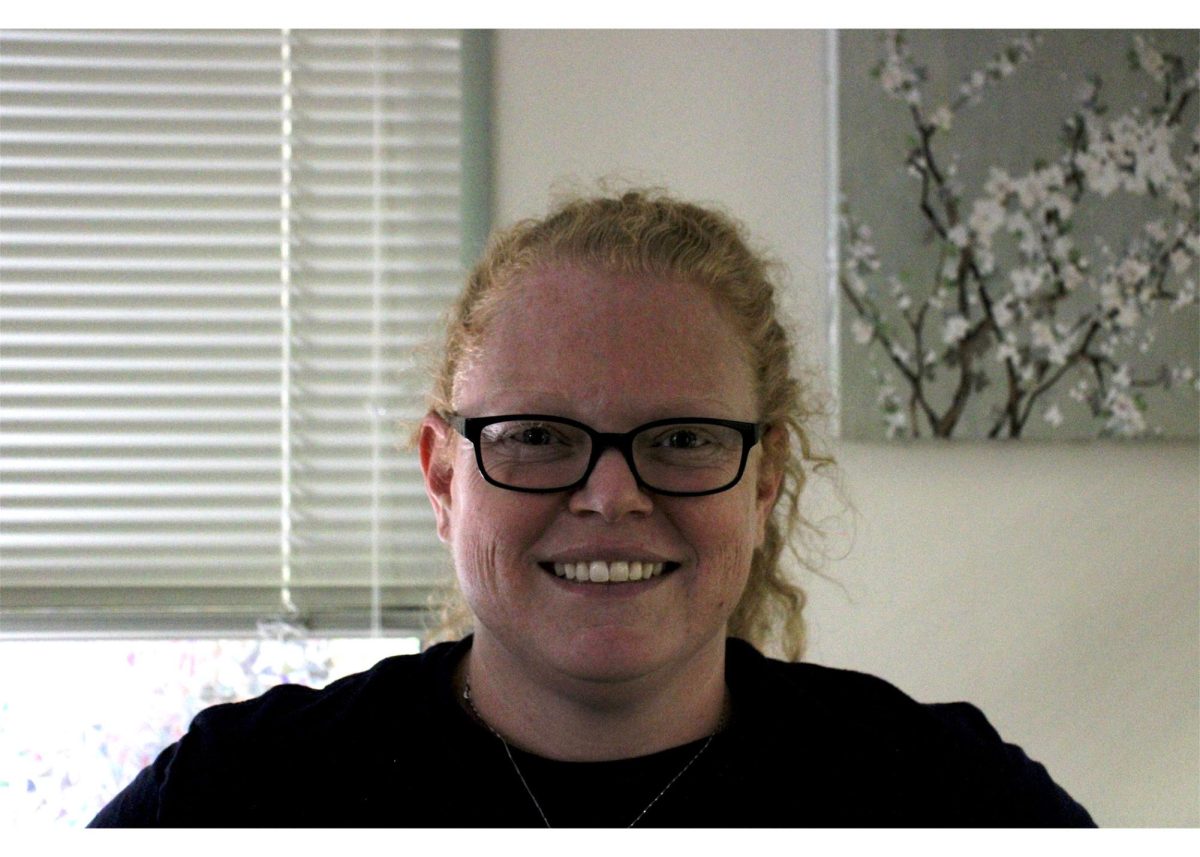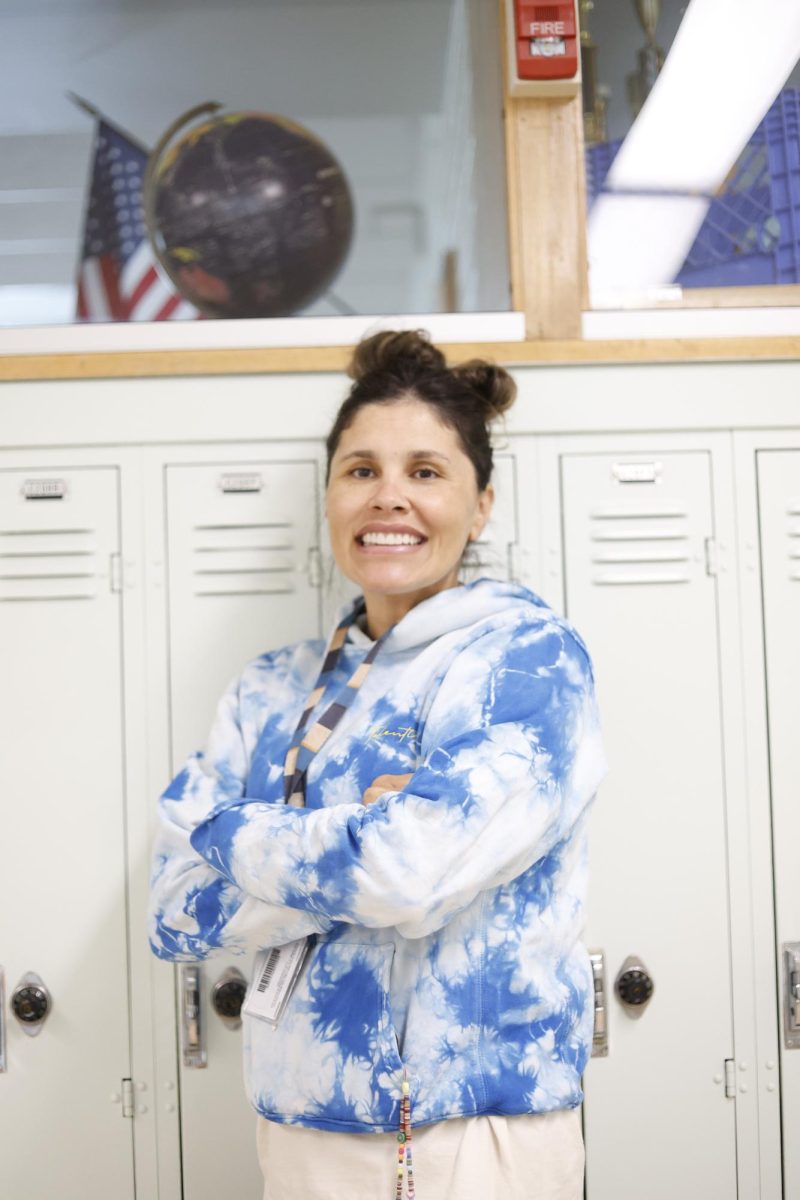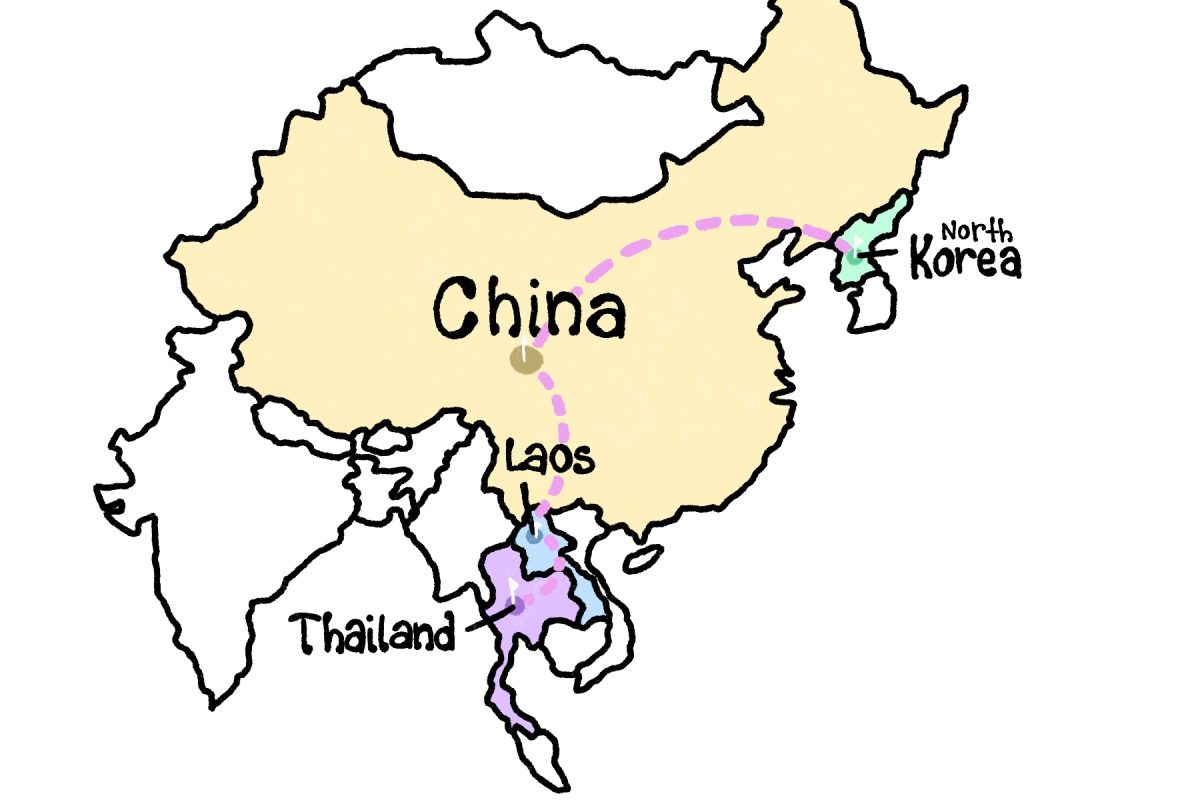S.A.G.E. Scores Don’t Shock Highland Admin.
December 1, 2014
When the S.A.G.E. scores were released on Monday Oct. 20th, Highland’s staff wasn’t surprised with the results. With a score of 49 percent in Language Arts, 19 percent in Math and 31 percent in Science, Highland ranked 56 out of 101 high schools in Utah.
“I had known long before the scores came out that they would be dropping because the standards had increased,” Highland principal Paul Schulte said. “I wasn’t overwhelmed or completely shocked because of that”.
Despite the lack of alarm, the school is responding to the troublesome results. Various departments are collaborating to develop new approaches and techniques. The math department is getting together to devise new tests that better prepare students for the type of problems that appear on the Sage test and to foster their overall abilities. Another approach, says Language Arts teacher Rebecca Blommer, is to adapt the contents of the S.A.G.E. test to the Common Core.
“It has already affected my teaching” Chemistry teacher Monica French said. “There are far more graphs and analysis in my classes now”.
Another aspect of the S.A.G.E. results highlights different groups within the school community. Scores indicate that economically disadvantaged students received vastly lower marks than other students. When asked how teachers could help this population, Blommer suggested that getting parents more involved could help. Other resources that could be employed, Schulte said, include working with the Freshmen Success team and the Professional Learning Community as well as conducting informative assessments and tutoring after school.
“Our goal is to get more support to kids in a more timely manner”, he said.
Highland’s scores were not only low, but Highland also ranked below other schools. Nevertheless, Shulte insists that, “This is not a Highland problem.”
Many other schools in various states across the country have also scored low on the test. Blommer’s response, however, emphasizes that, “this should be a reality check for people involved in education.”



